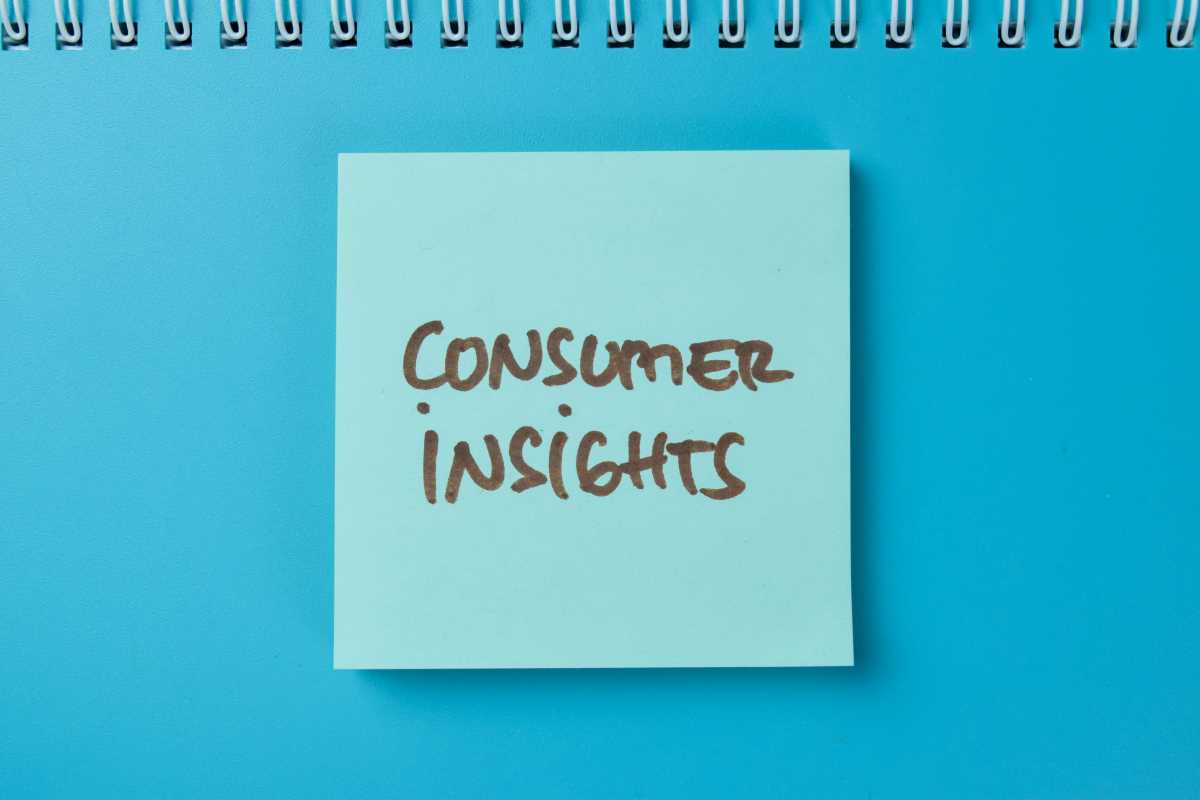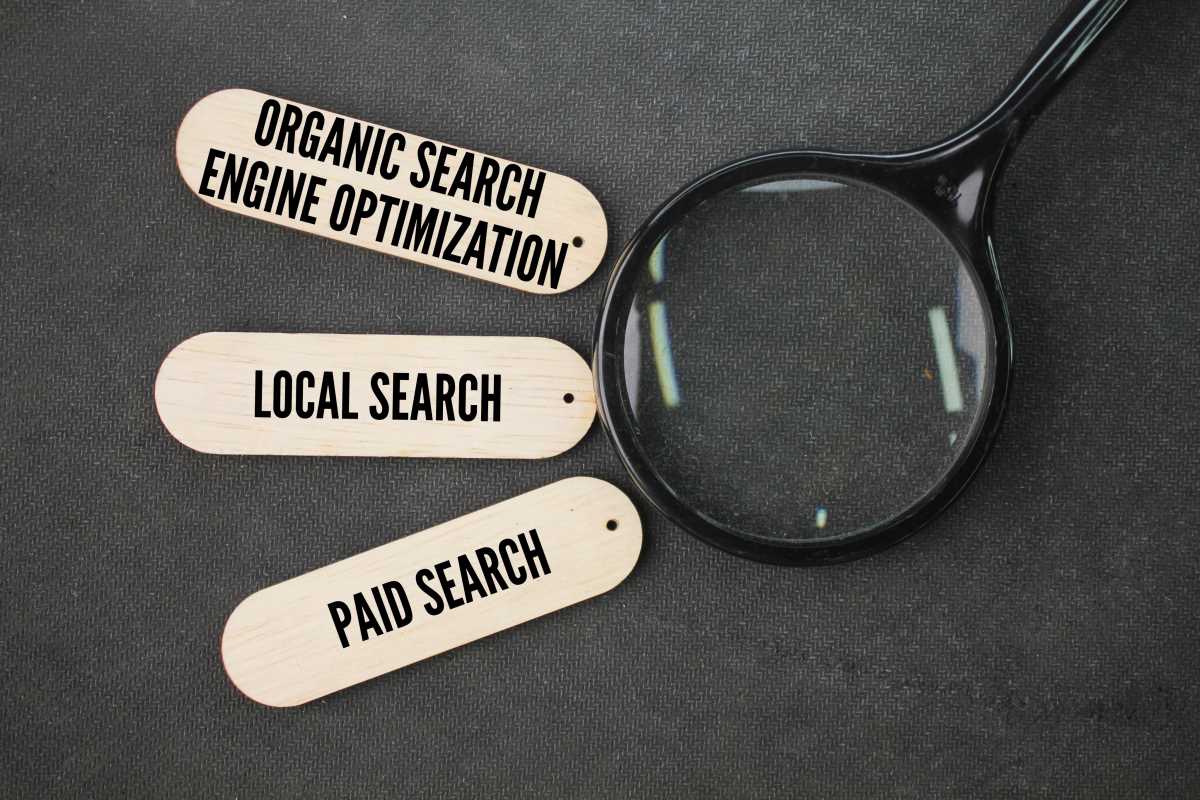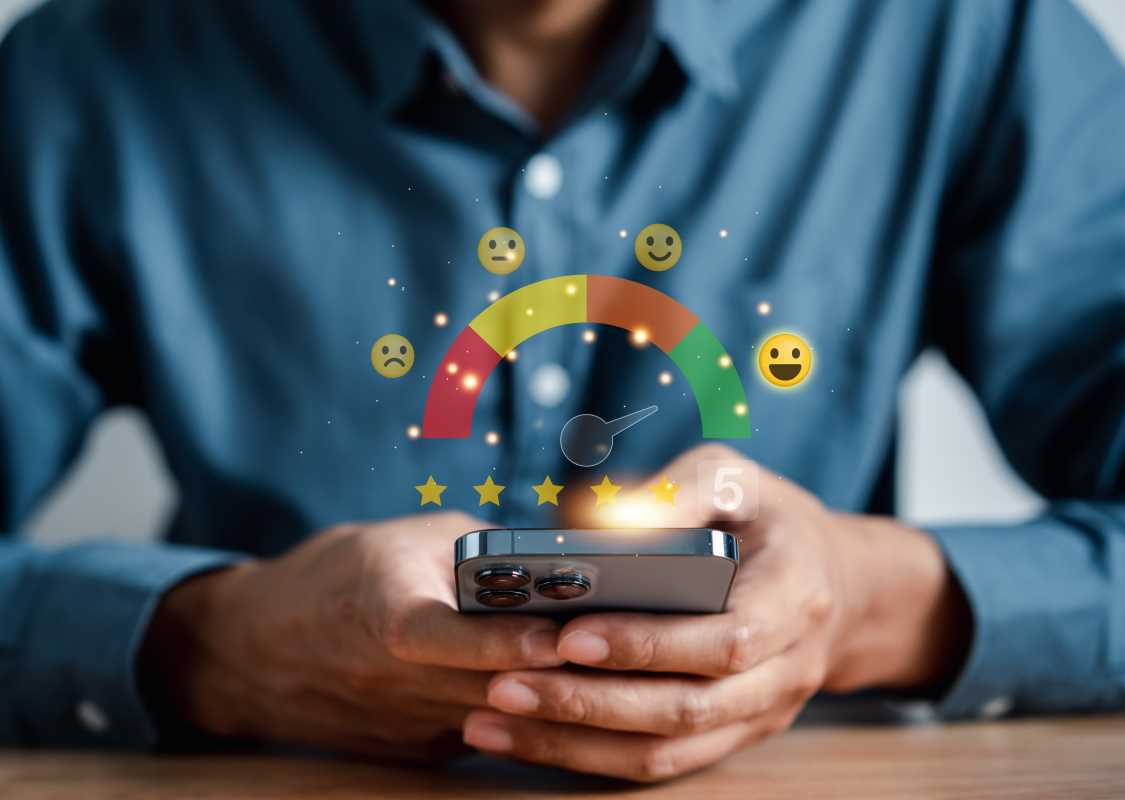Acquiring a new customer is an exciting win for any business. You’ve spent time and money on marketing campaigns to capture their attention and guide them toward a purchase. But what happens after that first sale? Too often, companies focus so much on acquisition that they neglect the customers they already have. This is a huge missed opportunity, because keeping an existing customer is almost always more profitable than finding a new one. The key to turning a one-time buyer into a loyal, repeat customer lies in truly understanding them. This is where behavioral data comes into play. Instead of guessing what your customers want, you can watch what they actually do. Behavioral data gives you a window into their habits, preferences, and pain points, allowing you to create personalized experiences that make them feel seen and valued. By leveraging this powerful information, digital marketers can move beyond generic campaigns and build data-driven retention strategies that foster genuine loyalty and drive long-term growth.
What is Behavioral Data?
Behavioral data is a record of the actions and interactions users have with your company across various touchpoints. It’s not about who they are (demographic data) but about what they do. Every click, scroll, search, and purchase tells a story about a customer's interests, intent, and level of engagement.
Think of it as a collection of digital footprints. These footprints can be gathered from several sources:
- Website and App Interactions: This includes which pages a user visits, how long they stay on each page, what products they view, items they add to their cart, and features they use within your app.
- Email Engagement: This tracks who opens your emails, which links they click, and which messages lead them to make a purchase.
- Purchase History: This is one of the most valuable types of behavioral data. It tells you what customers buy, how frequently they buy, and their average order value.
- Customer Support Interactions: Records of support tickets, live chat conversations, and help center searches can reveal common problems or areas of confusion.
- Social Media Engagement: This includes which of your posts users like, comment on, or share, and how they interact with your brand on social platforms.
By collecting and analyzing this information, you can start to build a detailed picture of each customer's journey and predict what they might do next.
Behavioral Data is a Game-Changer for Retention
Using behavioral data for customer retention is about shifting from a reactive to a proactive approach. Instead of waiting for a customer to leave, you can identify warning signs and intervene with a helpful, relevant message that encourages them to stay.
1. It Enables True Personalization
Generic, one-size-fits-all marketing is no longer effective. Customers expect experiences that are tailored to their individual needs. Behavioral data allows you to personalize every touchpoint. For example, you can send product recommendations based on a customer's past purchases or browsing history, rather than just showing them your bestsellers. This level of personalization shows customers that you understand them, which builds a stronger emotional connection to your brand.
2. It Helps You Proactively Identify At-Risk Customers
One of the most powerful uses of behavioral data is to identify "churn risks"—customers who are likely to stop doing business with you. A customer who hasn't opened your emails in 90 days, hasn't logged into their account in two months, or has significantly decreased their purchase frequency is sending clear signals that they are disengaging. By tracking these behaviors, you can create automated "win-back" campaigns that target these at-risk customers with a special offer or a helpful message to re-engage them before they're gone for good.
3. It Allows You to Reward Your Best Customers
Behavioral data doesn't just show you who is at risk; it also shows you who your most valuable customers are. You can identify your VIPs—the frequent buyers and brand advocates who drive a disproportionate amount of your revenue. With this knowledge, you can create exclusive loyalty programs, offer early access to new products, or send personalized thank-you gifts to show your appreciation. Making your best customers feel valued is a surefire way to keep them coming back.
Actionable Ways to Use Behavioral Data for Retention
Understanding the "why" is important, but the "how" is where the magic happens. Here are some practical, actionable ways digital marketers can use behavioral data to boost customer retention.
1. Create Personalized Email and SMS Campaigns
Move beyond sending the same newsletter to your entire list. Use behavioral data to segment your audience and send highly relevant messages.
- Abandoned Cart Reminders: This is a classic example. If a user adds items to their cart but doesn't complete the purchase, send them a timely email or text message reminding them about the items they left behind. You could even include a small discount to nudge them over the finish line.
- Post-Purchase Follow-ups: After a customer makes a purchase, send them an email with tips on how to use their new product, or recommend complementary items. For example, if someone buys a camera, you could follow up with an email showcasing lenses or tripods that work with that model.
- Replenishment Reminders: If you sell consumable products (like coffee, skincare, or vitamins), use purchase history to predict when a customer might be running low. Send a timely email reminding them it's time to reorder, making the process as easy as possible.
2. Customize the Website Experience
Your website shouldn't look the same to every visitor. Use behavioral data to dynamically change the content a user sees.
- Personalized Product Recommendations: Display "Recommended for You" sections on your homepage or product pages based on a user's browsing and purchase history. This helps customers discover new products they are likely to love.
- Dynamic Content: If a user has shown interest in a specific category (e.g., women's running shoes), you can customize the homepage banner to feature a promotion for that category the next time they visit. This makes the experience feel instantly more relevant.
3. Develop a Proactive Customer Support Strategy
Use behavioral data to anticipate customer needs and solve problems before they become frustrating.
- Identify Rage Clicks: If you notice a user is repeatedly clicking on a broken link or a non-functional button on your website, you can trigger a proactive live chat pop-up that asks, "Looks like you're having trouble. Can I help?"
- Create Targeted Help Content: If you see that many users are searching for the same topic in your help center, it's a clear sign that you need to create a more detailed guide or video tutorial on that subject. You can then proactively email this new resource to customers who have previously struggled with that issue.
4. Build a Meaningful Loyalty Program
A great loyalty program does more than just offer points. It uses behavioral data to create a tiered system that rewards continued engagement.
- Tiered Rewards: Create different loyalty tiers (e.g., Bronze, Silver, Gold) based on a customer's annual spending or purchase frequency. As customers move up the tiers, they unlock better perks, such as free shipping, early access to sales, or exclusive products. This gamifies the experience and encourages customers to increase their engagement to reach the next level.
- Surprise and Delight: Use behavioral data to identify special occasions, like a customer's birthday or the anniversary of their first purchase. Send them a personalized message with a special gift or discount. These unexpected gestures can create powerful, positive memories associated with your brand.
 (Image via
(Image via





